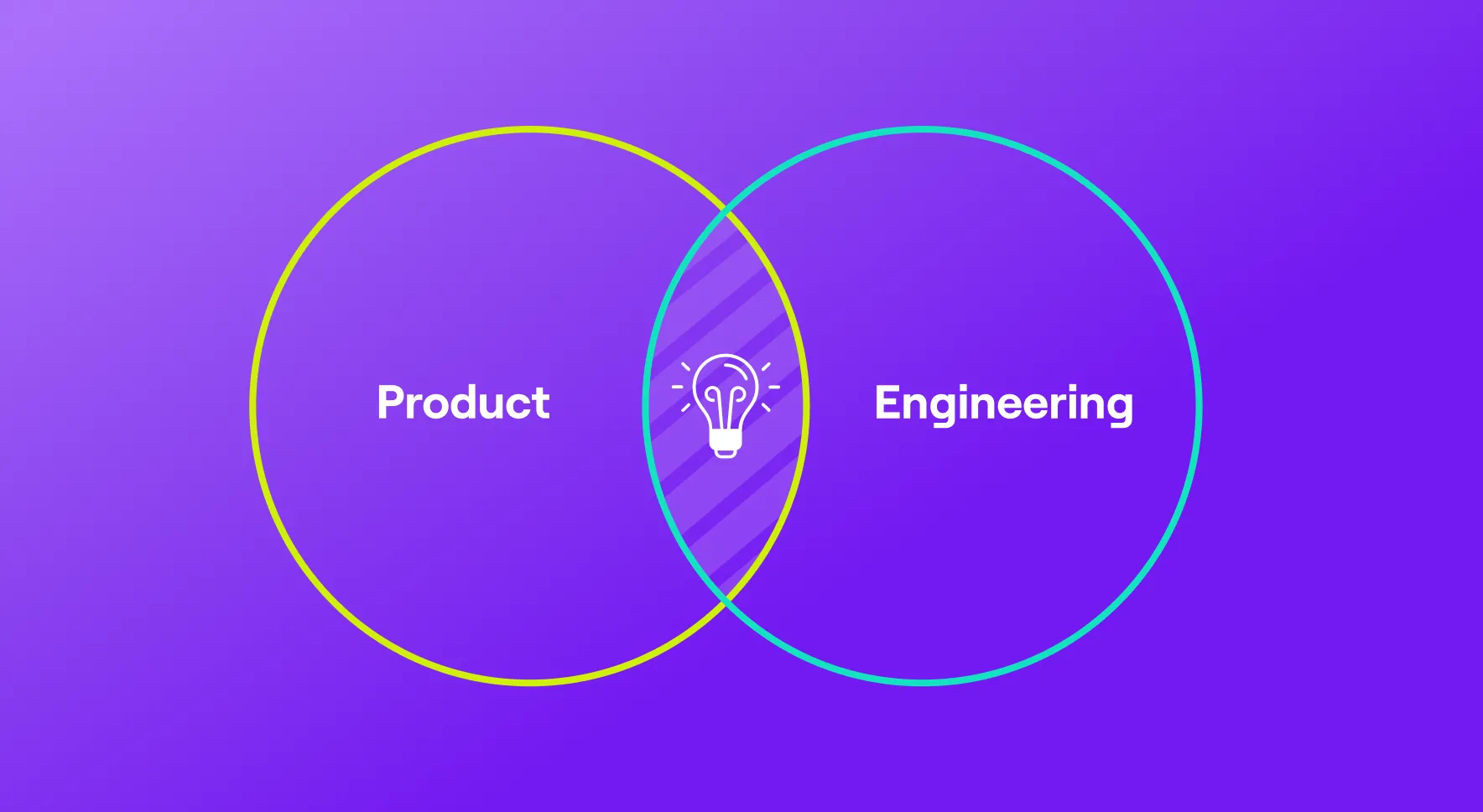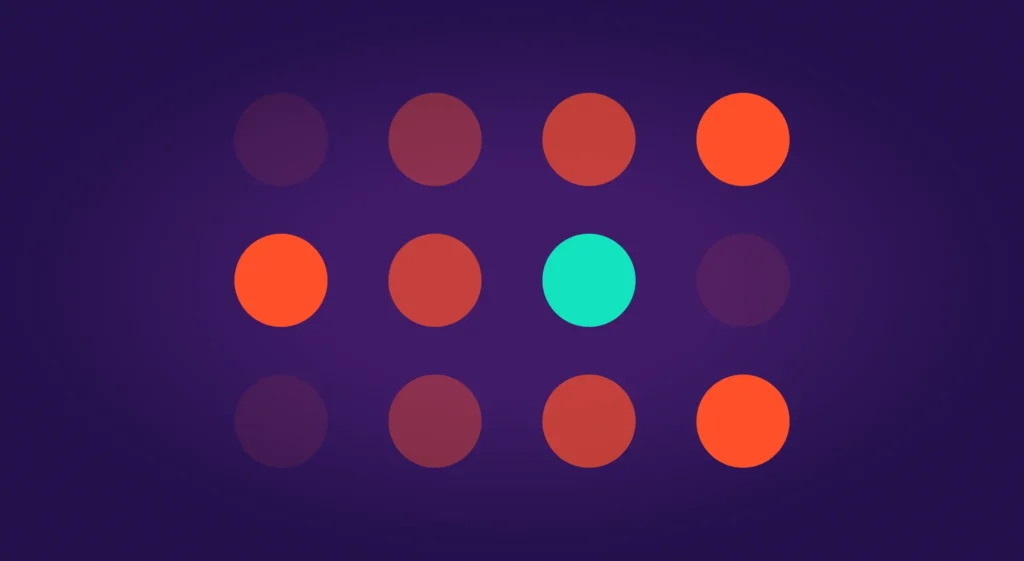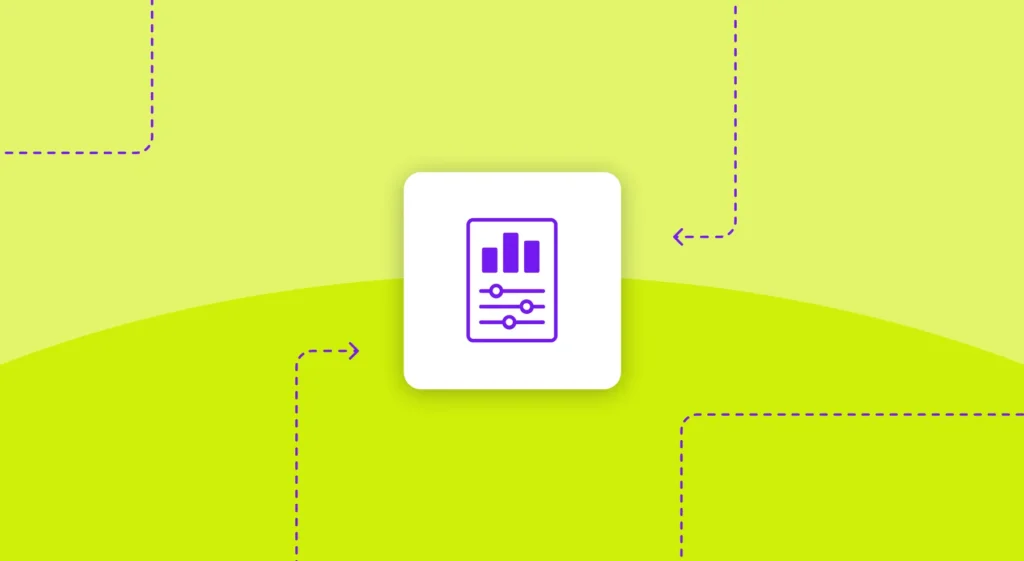Planning for the year ahead can often be a daunting process no matter how many times you’ve been through it before. And that can be true regardless of company type or stage. Whether you’re running a startup, scaling a growth-stage company, or managing a large enterprise, aligning your resources, goals, and strategies is no small task. The stakes are higher than ever as organizations face evolving markets, tighter budgets, constantly evolving AI technology, and the need to innovate faster.
At Jellyfish, we’ve developed a comprehensive approach to annual planning that balances structure with flexibility. Using data-driven tools and strategies, we help teams navigate complex planning scenarios, ensuring they allocate resources effectively and stay aligned on their goals throughout the year. Here’s how we do it (with some tips and strategies we hope you’ll apply to your own planning processes).
Tailoring the Planning Process to Your Company’s Stage
Tailoring the Planning Process to Your Company’s Stage
Planning changes and evolves based on a company’s stage and structure. Startups, growth-stage companies, and large enterprises all approach annual planning differently:
- Startups often forego formal annual planning, favoring shorter-term cycles. Quarterly plans dominate as they prioritize agility. True startups might not have an annual budget or even a long-term roadmap. Instead, they’re constantly adapting to keep up with market dynamics.
- Large enterprises are on the opposite end of the spectrum, with well-established planning cycles. These companies often have multi-year roadmaps and require precision in aligning budgets with initiatives.
- Growth-stage companies, like Jellyfish, sit somewhere in the middle. We engage in annual planning, but also stay nimble to account for rapid changes. At this stage, it’s about balancing structure with flexibility.
Jellyfish’s own approach reflects this middle-ground philosophy. While we set clear outcomes for the year – financial, product, and customer-focused – we avoid being overly rigid, recognizing that innovation often requires room to adapt.
Key Questions for Planning
Key Questions for Planning
Effective planning boils down to answering two critical questions:
- What do we need to accomplish in our next year (or quarter or planning cycle)?
- How many people do we need to do that?
For engineering, our Head of Engineering, Eli Daniel, focuses on capacity. “I think a lot about headcount,” he noted in a Jellyfish Deep Dive on planning for the year ahead. “How many people do we need to achieve our objectives? What will they work on? And how do we structure our teams to make the most of that talent?”
For the product org, my focus lies in providing clarity without stifling flexibility. My responsibility is to ensure we have sufficient clarity about our initiatives without being overly prescriptive. Some ideas require high fidelity; others evolve as we gather feedback from the market and our customers.
Together, Product and Engineering anchor on agreed-upon outcomes while allowing for iterative discovery. As Eli succinctly put it: “We’re aligned on the results we want to achieve – how we get there will inevitably evolve.”
How Jellyfish Powers Annual Planning
How Jellyfish Powers Annual Planning
Jellyfish’s platform is at the heart of our planning process, helping us analyze past performance, forecast needs, and refine strategies in real time. Here’s how we use Jellyfish to build actionable plans:
1. Allocations: Understanding the Present
Allocations provide a clear view of how teams are currently spending their time. By analyzing data from engineering tools, Jellyfish categorizes efforts into buckets like roadmap work, unplanned tasks, infrastructure, and support.
Allocations are Jellyfish’s way of asking, ‘Where did our time go?’ Knowing how much time goes to non-negotiable activities – like support or unplanned work – versus discretionary projects is essential. It’s the baseline for every planning conversation.
2. Capacity Planner: Forecasting the Future
Our new Capacity Planner tool enables us to model scenarios and answer critical questions, such as:
- How many people do we need to deliver on our initiatives?
- If budgets are constrained, which initiatives should we prioritize?
- What work is already in flight?
- Can we adjust scope to fit within our current capacity?
This tool is a true game-changer. It allows us to model headcount and project capacity based on real data. Whether we’re adding people or trimming initiatives, we’re making decisions based on evidence, not guesses.
In Capacity Planner you can enter in your wishlist and identify potential staffing gaps, or you can enter in your budgeted headcount and enter roadmap items until you max out. In other cases, you can use its output as input for strategic conversations about what’s most important.
3. Scenario Planning: Exploring Tradeoffs
Scenario Planning allows us to experiment with scope, priorities, and resource allocation. For example, we can explore what happens if we reduce the scope of a project or deprioritize certain initiatives.
Eli emphasized the importance of flexibility: “Sometimes, the answer isn’t cutting an initiative entirely – it’s adjusting the scope. Instead of three months of effort, can we deliver something meaningful in one month? Scenario Planning lets us have those conversations in a structured way.”
Driving Improvement Beyond Planning
Driving Improvement Beyond Planning
Planning doesn’t stop in the last few months of the year. We rely on additional Jellyfish tools throughout the year to optimize and refine our operations:
- Developer Experience Surveys: These help identify friction points within teams, enabling us to address blockers and improve efficiency.
- Lifecycle Explorer: This tool uncovers bottlenecks in processes like code reviews or deployment, offering actionable insights for improvement.
- Allocation Targets: Setting goals for how time should be spent (e.g., 70% on roadmap work) keeps teams focused and minimizes distractions.
“We should never be satisfied with the status quo,” Eli added. “Our tools aren’t just for planning – they’re for continuous improvement. By identifying inefficiencies, we can unlock additional capacity throughout the year.”
Key Takeaways Heading into the New Year
Key Takeaways Heading into the New Year
As you prepare for the year ahead, consider these principles to guide your planning:
- Understand Your Current State: Use tools like Allocations to establish a clear picture of how time is spent today. Data-informed conversations are far more effective than intuition.
- Model Capacity Thoughtfully: Explore various scenarios – add headcount, adjust scope, or prioritize differently – to align your plans with both your goals and constraints.
- Commit to Continuous Improvement: Planning isn’t static. Use metrics and tools to refine processes and make better decisions as the year unfolds.
As Eli aptly summarized: “The goal isn’t perfection – it’s direction. Planning gives us a framework to adapt and grow, even when the unexpected happens.”
Annual planning is a daunting task, but with the right tools and approach, it becomes a powerful lever for driving growth. Whether you’re a startup, growth-stage company, or enterprise, the principles remain the same: Understand your baseline, plan for what’s possible, and always strive for improvement.
Jellyfish is here to help! Let’s make 2026 your most productive year yet. Learn more and request a demo here.
About the author

Krishna Kannan is Head of Product at Jellyfish, the leading Software Engineering Intelligence platform, where he drives product vision and strategy for over 500 customers. Previously, he held senior product leadership roles at Pluralsight and Smarterer, among others. Krishna resides in Greater Boston with his partner and two young children, learning as much from them as they do from him.





